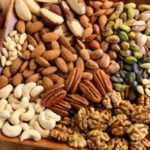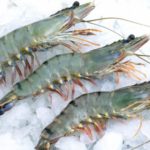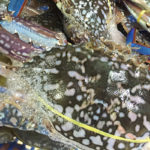Shrimp is a nutrient-rich food and is often considered a delicacy enjoyed by many. When it comes to commonly known calcium-rich foods, shrimp often comes to mind. Notably, while some people may not enjoy eating shrimp shells, they believe them to be a good source of calcium and, therefore, make an effort to consume them. But is there any truth to the belief that shrimp shells are high in calcium?

Which part of the shrimp is richer in calcium, the shell or the meat?
When we think of calcium, we often associate it with the formation of hard structures in the human body and other animals. For this reason, some people believe that since shrimp shells are hard, they must be rich in calcium. However, the hardness of shrimp shells is due to chitin, a polymer that forms the exoskeleton of crustaceans. Therefore, the shell’s hardness is not derived from calcium. Instead, the meat of the shrimp is the part that is truly calcium-rich. So, if you don’t enjoy eating shrimp shells, there is no need to force yourself, as the meat is where the calcium is concentrated. The shells can be used to add sweetness to soups and broths when crushed or ground.
The primary function of the shrimp shell is to protect the shrimp’s body, and its hard nature can cause irritation to the throat and induce coughing. Additionally, the shell’s hardness can be uncomfortable for the mouth. Therefore, consuming shrimp shells is not necessary, especially for children and individuals with a cough.
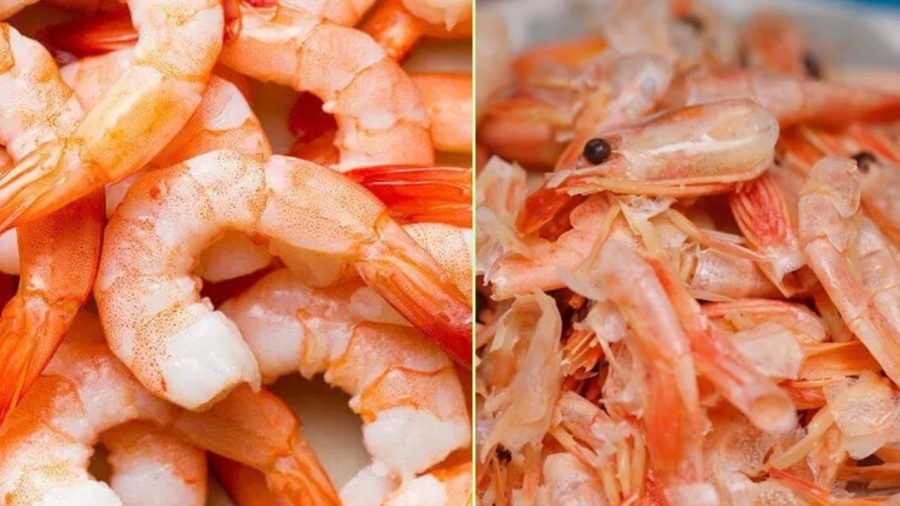
Parts of the shrimp that should not be eaten
While shrimp is a nutritious food, it can also contain heavy metals and contaminants if not properly cleaned. Therefore, there are three parts of the shrimp that are best avoided:
Head cavity: Some people enjoy eating the head cavity of the shrimp because it is crispy, and there is a belief that consuming shrimp eyes can improve eyesight. However, the head cavity is essentially a hollow space that contains the shrimp’s waste. This hollow space also increases the risk of harboring parasites. Moreover, if the shrimp is sourced from polluted waters, the head cavity is likely to contain the highest concentration of heavy metals. These heavy metals can accumulate in the body and be detrimental to health, especially for children and pregnant women. Therefore, it is advisable to remove and discard the head of the shrimp before consumption.
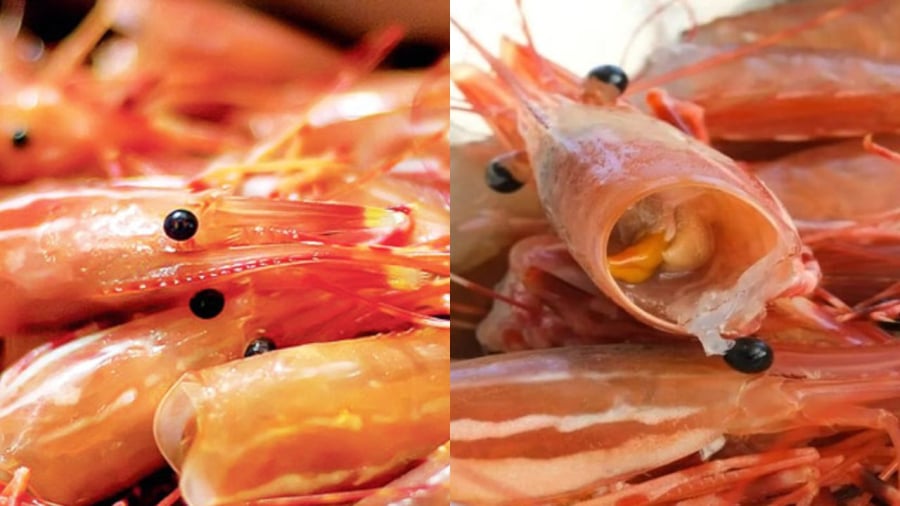
Shell: As mentioned earlier, shrimp shells are not a significant source of calcium, and they can irritate the throat, induce coughing, and be difficult to digest. Additionally, their hardness poses a choking hazard, especially for children. Therefore, it is best to refrain from consuming shrimp shells, particularly those of larger, harder-shelled shrimp. If you wish to utilize the shells, they can be ground and strained to extract their essence.
Gut: The gut of the shrimp is the thin, dark vein that runs along its back. As the digestive tract, it contains waste matter and contributes to the fishy odor. Hence, it is advisable to remove this part before cooking.
Instances when shrimp consumption should be limited
For individuals with a cough: Shrimp can trigger coughing fits, so it is best to avoid or limit its consumption, especially when eating larger shrimp with the shells on.
For those with a seafood allergy: Individuals with a history of seafood allergies are at a higher risk of being allergic to shrimp as well. Allergic reactions can be dangerous, so if you have a known allergy, it is best to steer clear of shrimp.
While shrimp is a nutritious food, there are times when its consumption should be limited. It is advisable to refrain from eating shrimp when experiencing a cough, and proper preparation techniques should be followed to ensure its nutritional benefits and safety. Removing the shells, especially from larger shrimp, and discarding the heads and veins along the backs are important steps to enhance the nutritional value and safety of this delicacy. Let’s remember that the calcium in shrimp is primarily found in the meat, not the shells, and that children, in particular, should not be fed shrimp with the shells on to prevent choking hazards.
How to Tell the Difference Between Crabs and Crayfish, and Which is the Better Choice?
“Crab and crayfish are two seafood delights, often gracing our dinner tables and offering a tasty treat. With their similar appearance and flavor, it can be tricky to tell them apart. But fear not, as we reveal the secrets to distinguishing these two crustaceans. It’s time to become a seafood connoisseur and never mix up your crabs and crayfish again!”



























